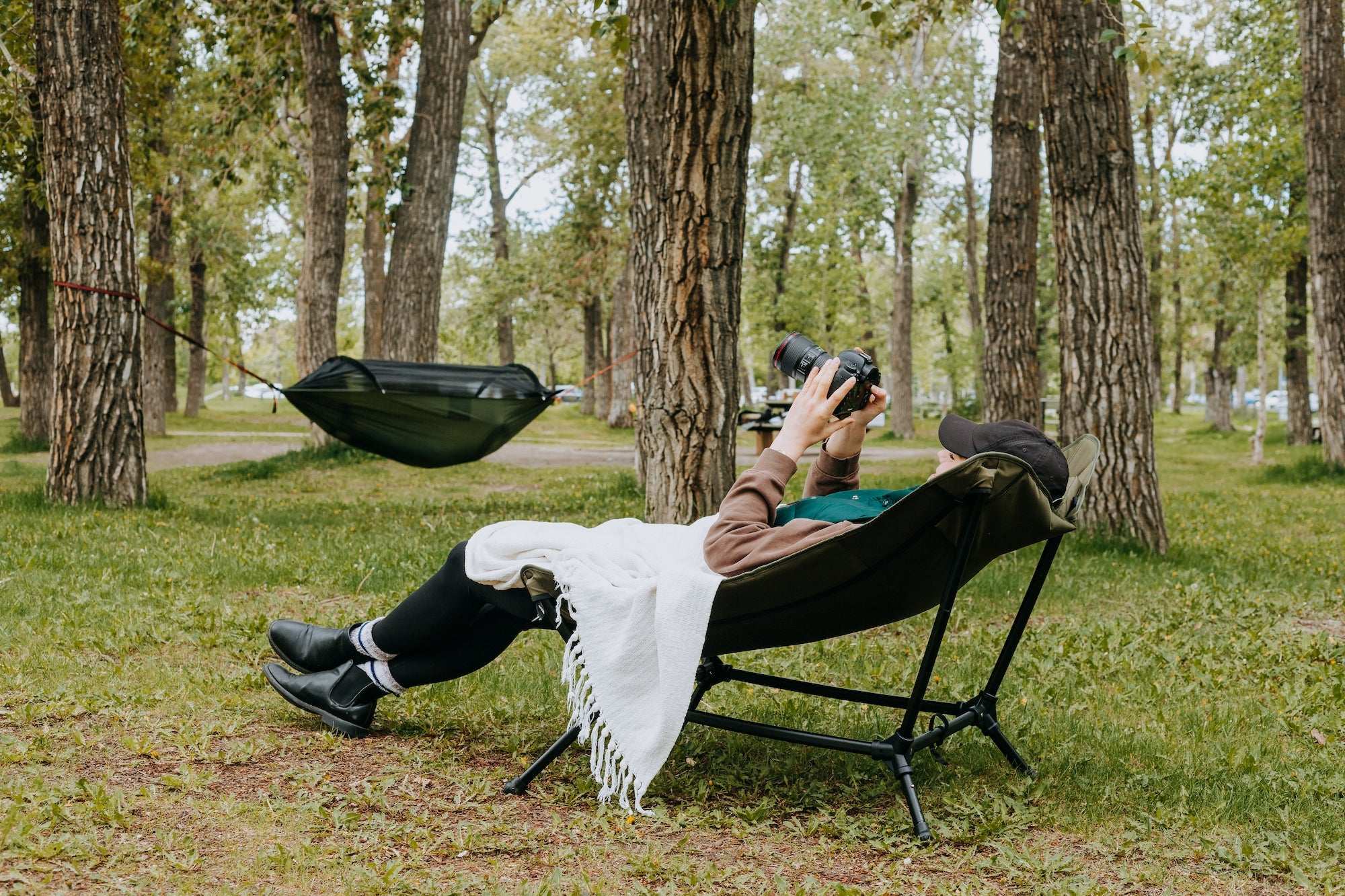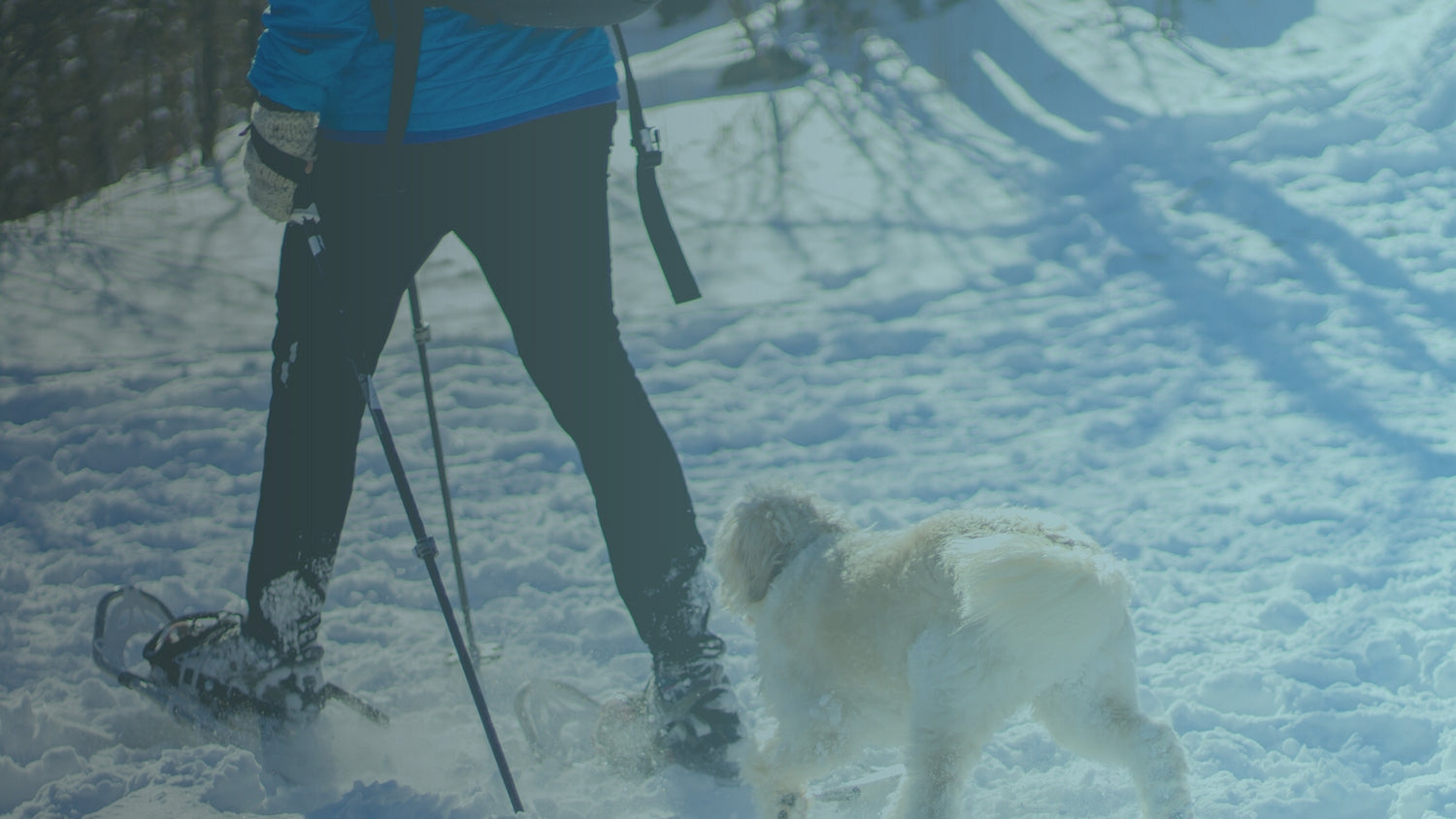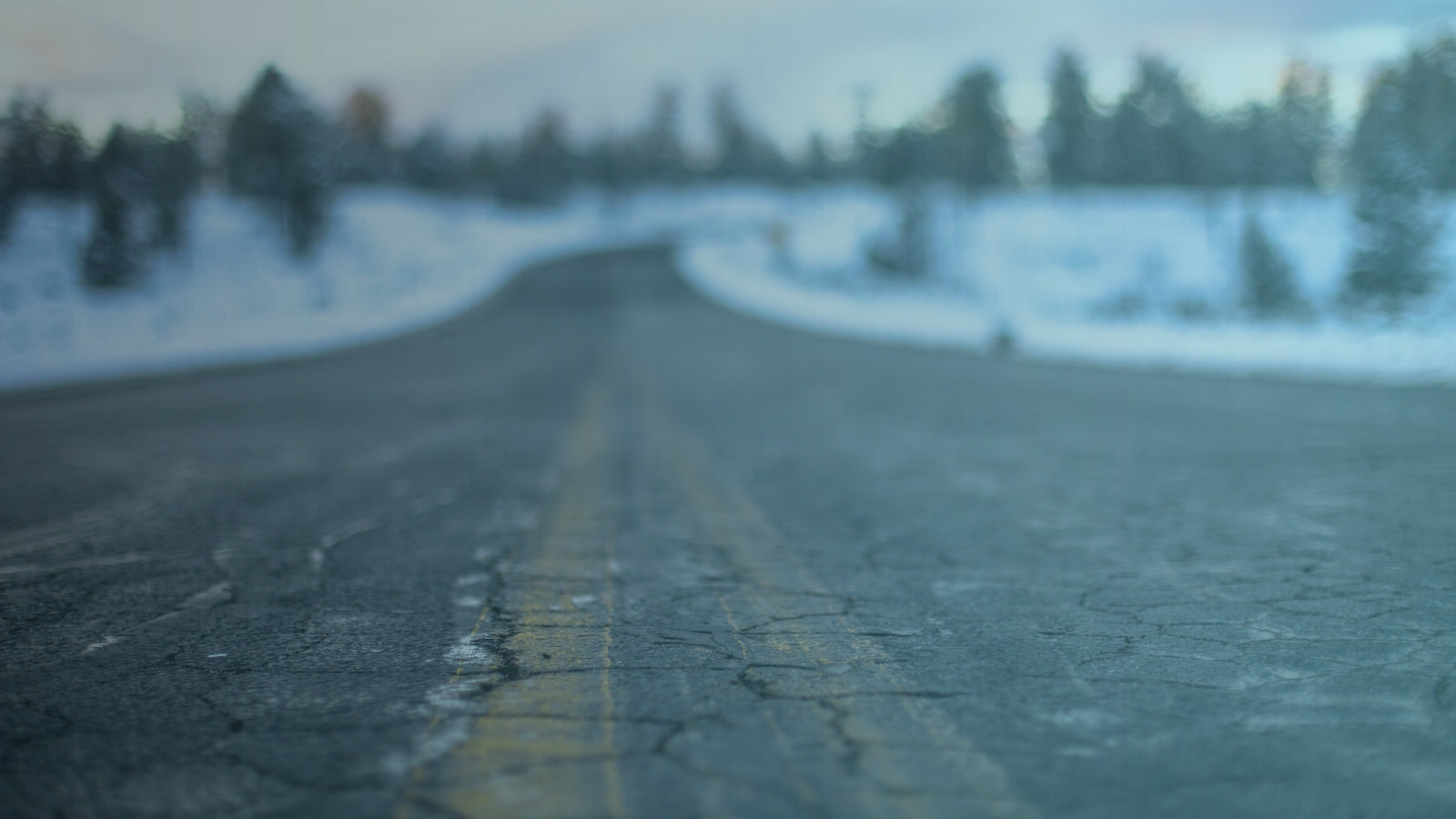Most people assume that running in snowshoes requires a lot of complex training and preparation. The reality, however, is that it’s easier than you might think to start hitting the trails in winter with a pair of snowshoes. Here are five quick tips that will help you run in snowshoes.
Tip #1: Make a slight change to your running form
While running in snowshoes is just like walking or running with regular shoes, it does require a slight change to your stance. It’s best to have a slightly wider stance to stabilize yourself in the snow. In addition, it’s best to lift your knees higher when running – this will help you move through the snow more easily.
Tip #2: Practice first in a local park
It’s important to familiarize yourself with your new pair of snowshoes before you ever use them on the trail. First, you’ll want to practice stepping into the binding while wearing a running shoe. You can do this at home – such as in your backyard or on a snow-covered driveway. You’ll also want to practice your new running technique (see #1 above), preferably at a local park, just to make sure you’ll be ready on the first big snow day.
Tip #3: Search out groomed trails not knee-deep powder
To get the best possible running experience, it’s best to use snowshoes on groomed trails where the snow has already been packed. While snowshoes can be used to navigate knee-deep powder, you’ll also find yourself running out of energy very quickly and may not enjoy the experience as much as you originally thought. If you are going out for a run at a winter resort or national park, there will often be well-marked trails groomed in advance for your running enjoyment.
Tip #4: Choose the smallest, lightest snowshoes possible
In Hollywood movies, it always looks like people are wearing big, floppy snowshoes while wading through waist-high snowdrifts. But those are just the movies. You’ll want to focus on smaller, lightweight snowshoes. The smaller the better, in fact. That’s because you want to maximize maneuverability in the snow, and it’s much harder to turn and flex with larger snowshoes than with smaller ones.
Tip #5: Dress appropriately to keep out unwanted snow
When you moving through snow with your snowshoes, you’ll also be kicking up snow in your path. And, inevitably, some of that snow is going to wind up in your clothing if you’re not careful. Thus, instead of going out in a sweater or fleece jacket, always wear a light shell jacket and a pair of snow-resistant pants (or even a ski bib) to keep out the snow.
**
When you’re first starting out, you might prefer to run with a group of people first rather than alone. This is often possible through events like Winter Trails Day at many parks and resorts. Once you’ve mastered the art of running in snowshoes with a group, then you’ll be well on your way to taking things to the next level – including possible 5K and 10K races for serious snowshoe runners.





Leave a comment
All comments are moderated before being published.
This site is protected by hCaptcha and the hCaptcha Privacy Policy and Terms of Service apply.